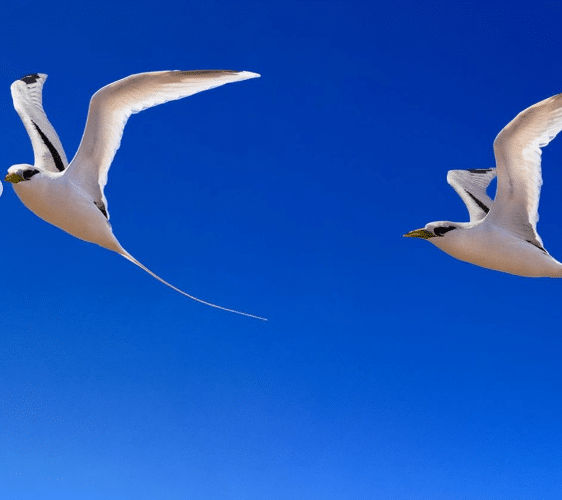Photo courtesy of NPS Photos/J.Wei
Happy Volcano Awareness Month! January is a time for deepening our understanding and respect for the four active volcanoes here on the Big Island of Hawai’i. And Hawai‘i Volcanoes National Park, in collaboration with the Hawaiian Volcano Observatory (HVO), the University of Hawai‘i at Hilo, and other partners, offers plenty of ways to celebrate our four active volcanoes – Hualālai, Kīlauea, Mauna Kea, and Mauna Loa.
You can attend the HVO Talk Story at the Na’alehu Library, activities at the Hawai’i Keiki Museum, talks about earthquake monitoring at the Kailua Public Library, talks about eruption mapping at the Pahoa Lava Museum, and more! Find the complete calendar of Volcano Awareness Month events on the USGS HVO website.
If you’re planning a visit to Hawai’i Volcanoes National Park in January, you’re in luck! There are so many ways to learn about Kīlauea, the world’s most active (and dare we say viewer-friendly) volcano.
Learn how to play simple, fun Hawaiian songs on the ukulele from Kumu Hula Meleana Manuel. Talk story with Kumu Hula Keala Ching of Ka Pā Nā Wai Iwi Ola (The Ancient Waters of Life) about hula, the dance’s history, and connection to Kīlauea. Join RCUH-HVO geologist Katie Mulliken as she shares information about Mauna Loa, the biggest volcano on earth. Or get your hike on!
Hike Maunaiki Trail
Enjoy a guided, two-hour hike with University of Hawaiʻi at Hilo professor Dr. Lis Gallant, who will lead you along Kīlauea Iki Trail, through lush native rainforest, and onto a steaming crater floor to learn about the fissure that started the 1969 Mauna Loa eruption. You can also explore Maunaiki Trail, which has reopened just in time for Volcano Awareness Month!
In October, Hawaiʻi Volcanoes National Park temporarily closed Maunaiki Trail because of increased seismicity in Kīlauea’s Southwest Rift Zone. Recently, USGS HVO scientists confirmed that seismicity has been low in the Southwest Rift Zone, the upper East Rift Zone, and the summit region, making it safe to hike Maunaiki Trail from the trailhead near Kulanaokuaiki Campground to the Kaʻū Desert Trail intersection.
Refreshingly uncrowded, this seven-mile trail traverses the Kaʻū Desert’s cultural, geological, and natural features. Our favorite part of the trail is the Twin Pit Craters. Here, the koaʻe kea (white-tailed tropicbirds) nest and can often be seen soaring above the craters like majestic creatures from a land before time.

Photo courtesy of NPS Photos/J.Wei
Know Before You Go
While Kīlauea is currently not erupting, eruptive activity could occur at any time. If you happen to be on a Volcano vacation when it does, you’re in for a treat! There’s nothing quite as breathtaking as seeing the crater fill with lava. Just be aware that an eruption could lead to trail closures. Any updates on alerts or closures can be found here: nps.gov/hawaiivolcanoes
No matter what Kīlauea is up to, you’ll want to be prepared for rain, sun, and everything in between! Wear sunscreen and sturdy footwear, and carry a raincoat and water with you on your hike.
Stay Near the Park
With a deeper understanding of Hawai’i’s volcanoes, you can safely explore and enjoy Kīlauea while visiting Hawai’i Volcanoes National Park. To make the most of your experience, you’ll want to spend a few nights in Volcano. Only five minutes from the park’s entrance, our charming cottages in Volcano Village are the perfect place to stay. After exploring the park all day, spend the evening back at one of our historic vacation rentals, reminiscing about your day while you curl up in front of the fire. Book a stay at Volcano Heritage Cottages today!
